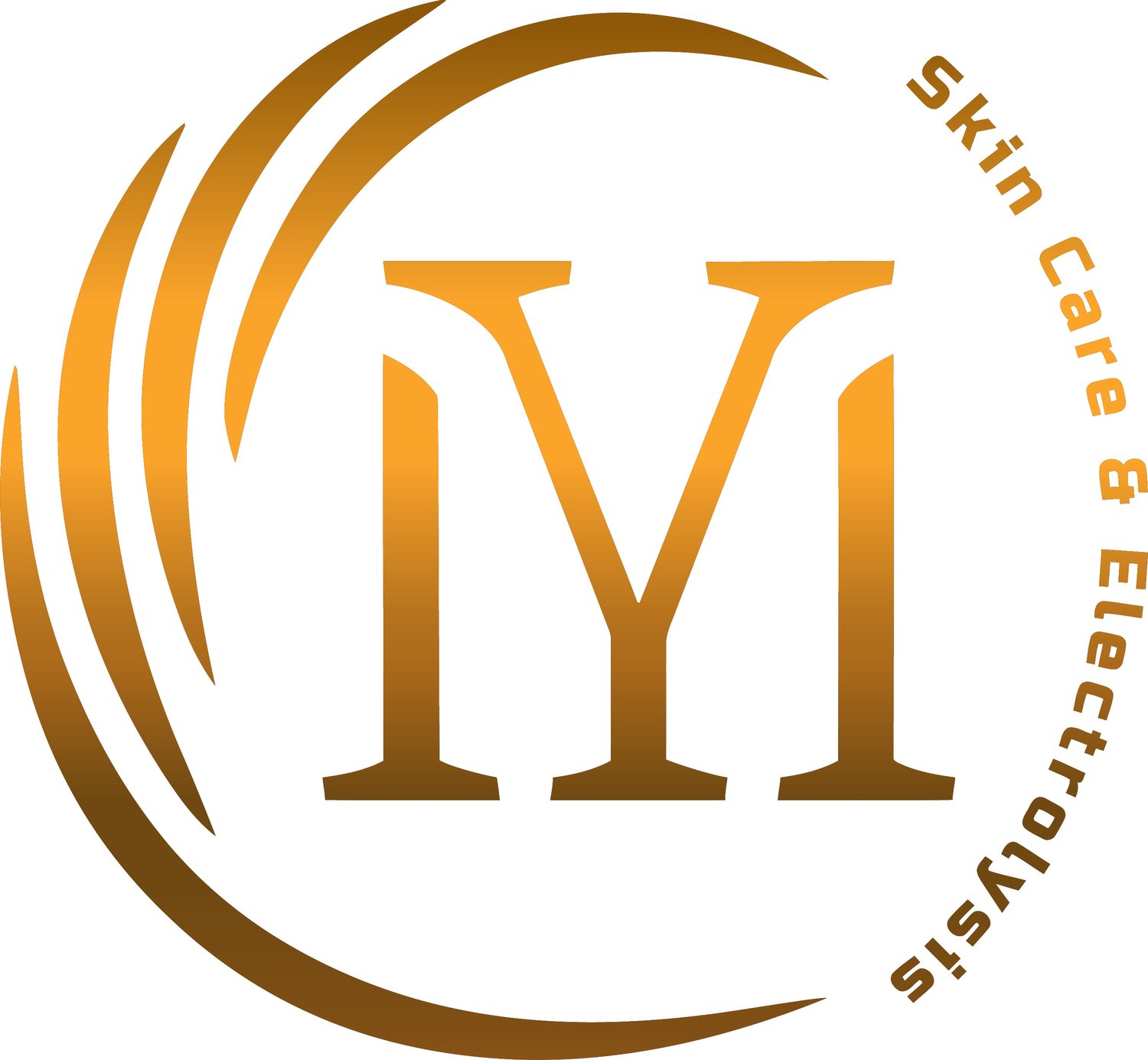Pro Tips for Avoiding a Botched Microblading Procedure
" For those with thin, sparse, or uneven brows, microblading - a semipermanent tattooing technique - can seem like a godsent treatment. But there are a surprising number of ways microblading can go wrong, from overdone stokes and excessive pressure to the formation of scar tissue and the appearance of red and blue pigment. “Microblading is great if it’s done correctly and by someone who knows what they’re doing … if it’s not, it can go very wrong.
Examine fully healed ’after’ photos
Given the visual nature of microblading, checking out before and after photos of an artist’s work is a wise move; but often, seeing these isn’t enough. When you look at someone’s photos, you want to look for healed work.
You want to see the retention. There’s a fine line between permanent and semipermanent, and that fine line is the pressure of the technician’s hand. You have to look at the healed photos to see this difference.’ This is because while nearly all microblading looks good immediately after the treatment, as the area heals, each stroke expands. ’If you make a lot of strokes really close to each other, they’re going to blur together when they heal, and you’ll have a solid eyebrow’ More pressure also leads to longer-lasting results, which may seem like a good thing, but this often means that the brows turn blue or red after a few years. ’Every pigment has many colors in it—green, yellow, red, black—and altogether, they make a color called brown. ’There are different tones of brown—some are cooler, some are warmer, some have more red, some have more yellow—but ultimately, your body metabolizes and gets rid of certain pigments faster than others.’ In order to avoid lingering red or blue pigments, it’s best to take it slow. ’We like starting more conservatively with the strokes and choosing a color that might be a bit lighter than necessary, because we can always add more in a darker color, to give it more dimension.’
Inquire about your artist’s training
Asking your artist not only about their previous work with clients but also about any apprenticeship-like training they have undergone is a simple and reliable way to make sure your brows are in the very best of hands.
Align on your goals with your provider
It’s of the utmost importance that you and your microblading artist are on the same page. In addition to liking their general style and trusting their expertise, you should always discuss your goals for the treatment and acknowledge what you’re signing up for. ’Since the process is long-lasting, it is important that your artist’s style is in line with what you are looking for. ’If the size, shape, or placement of the microblade strokes is not what you like, you are, unfortunately, stuck with it for several months.’ In order to achieve the best possible understanding, make sure your artist sketches your brows beforehand, to see the shape and look. ’We always fill in the brows with pencil before we do anything, just to sketch out the shape of it to make sure you’re happy with it. ’Nobody should just freehand it, ever. You want to make sure you’re in agreement and you’re both happy with the pencil drawing.’ And if you’re not certain about doing your brows or don’t have a good reason for microblading, it’s best to avoid the procedure altogether.
Ask how tools are sterilized
Of course, even with every precaution, microblading can still go wrong. ’The biggest risks are potential skin irritation, allergic reactions, and infections.’ Redness, warmth, swelling, and significant tenderness in the two days following the treatment can be indications of an allergic reaction or infection, and in the event that this happens, it is imperative that you contact a medical doctor. Easy methods to avoid this, include thoroughly cleansing the skin before microblading and confirming that your artist is using sterilized instruments and tools and is working in a clean environment. “
Credit RealSelf magazine
